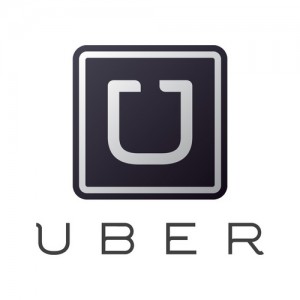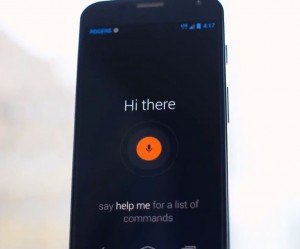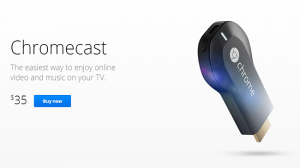Mammoth Round for Uber
Ajit Deshpande - August 28, 2013 - 0 Comments
 Uber, a three year old start-up that has created a marketplace for car-service booking, last week announced a mammoth fundraising round of $361 million, at a valuation of approx. $3.5 billion. Leading the round was Google Ventures with $258 million, the other notable new investor being TPG with $88 million. Uber is expected to bring in around $125 million in revenue this year, so the latest round represents a ~30x revenue multiple. In addition to enabling consumers to obtain quick access to taxi-cabs and luxury cars, Uber’s app currently enables seamless payments (using its dynamic pricing setup) and driver and commuter ratings.
Uber, a three year old start-up that has created a marketplace for car-service booking, last week announced a mammoth fundraising round of $361 million, at a valuation of approx. $3.5 billion. Leading the round was Google Ventures with $258 million, the other notable new investor being TPG with $88 million. Uber is expected to bring in around $125 million in revenue this year, so the latest round represents a ~30x revenue multiple. In addition to enabling consumers to obtain quick access to taxi-cabs and luxury cars, Uber’s app currently enables seamless payments (using its dynamic pricing setup) and driver and commuter ratings.
With the advent of mobile and distributed work-forces, the car is becoming an important environment to track user behavior around, so having the backing of Google with its driverless cars and its Waze know-how suggests Uber could well become the first player to crack the public transit and commute optimization problem. But beyond that, Uber represents an example of the emerging, data-driven ‘sharing’ economy. Today, there exist sharing and rental marketplaces around homes (AirBnB), planes (Blackjet), cars (of course), fashion (Rent the Runway), and so on. Each of them relies on data to disrupt the existing paradigm around pricing and logistics. Some, like Uber, have proven that there is a real business here, yet the broader question is whether this is a real, sustainable trend or whether this trend might be limited to a specific urban demographic for the near term.
So what could Uber do with the money it has just raised? Buy its own fleet of vehicles (driverless or otherwise)? Expand into other transit systems such as buses? Integrate into the vehicle POS system and become an ad network? Become a key player in location-based services? Quite a large number of possibilities – some are far-fetched, some not so much. Irrespective, one thing is clear, which is that with this latest raise, Uber has made it astronomically more difficult for its closest competitors to keep up.



